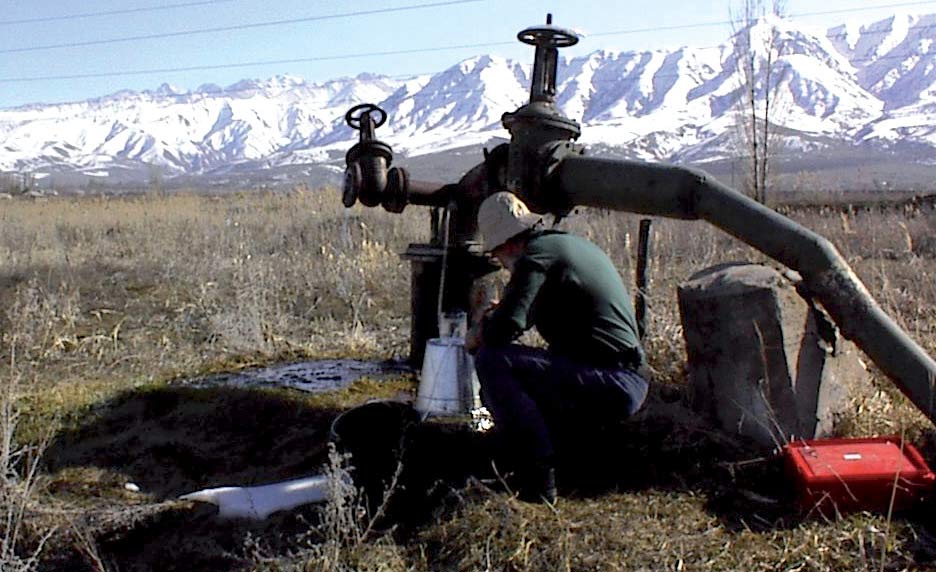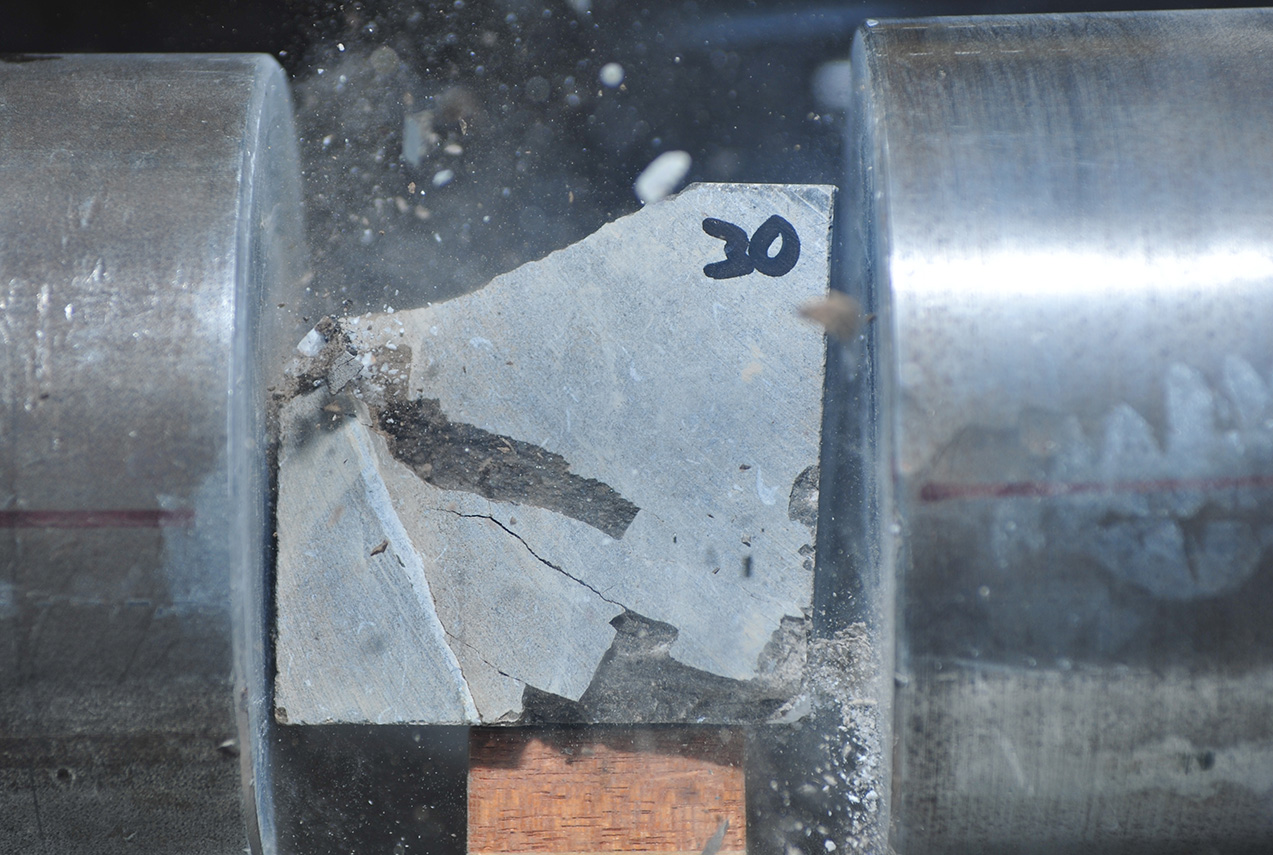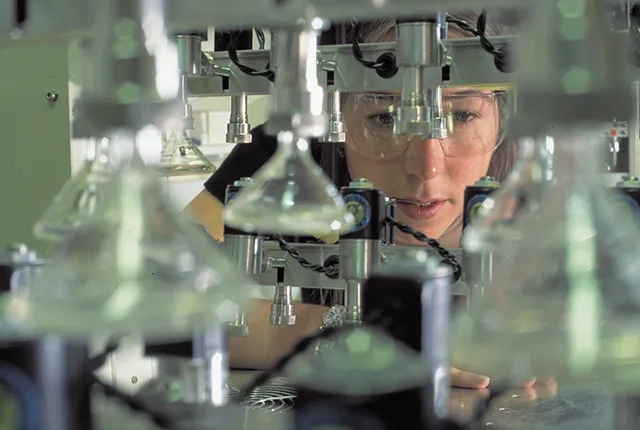The BGS is the UK’s leading organisation for groundwater dating and tracing. We use a wide range of environmental agents for this work including chlorofluorocarbons (CFCs), sulphur hexafluoride (SF6), tritium (3H), radiocarbon (14C) and stable isotopes.

Sampling for groundwater residence-time indicators in the rural outskirts of Bishkek, Kyrgyzstan. BGS © UKRI.
Equipment and capabilities
- Two Agilent gas chromatographs fitted with electron capture detectors (GC-ECD) with bespoke purge and trap systems (P&T) for analysis of groundwater residence-time indicators:
- CFC-11
- CFC-12
- SF6
- Halon 1301 (bromotrifluoromethane, CBrF3)
- Agilent gas chromatograph fitted with a thermal conductivity detector (GC-TCD) and flame ionisation detector (GC-FID) for simultaneous measurement of methane (CH4) and carbon dioxide (CO2) in groundwaters.
- Agilent gas chromatograph fitted with an electron capture detector for measurement of nitrous oxide (N2O) in surface and groundwaters.
- Pfeiffer PrismaPlus Quadrupole mass spectrometer for measurement of noble gases in waters:
- helium (He)
- neon (Ne)
- krypton (Kr)
- xenon (Xe)
Our work
Some of our recent work includes:
- investigating residence-time distribution in Chalk catchments
- using age indicators to aid water supply operational planning
- assessing the extent of induced leakage to urban aquifers
- identifying basin-scale groundwater quality trends
- understanding groundwater resources in Africa and South Asia
- evaluating the effects of large-scale quarrying on groundwater movement
- delineating the occurrence of pristine ice-age groundwaters in the UK
Why is the age of groundwater important?
There are various reasons why it can be important to know the age of groundwater in a particular aquifer.
- Does age validate the hydrogeological concept?
- Is the water a mixture of different ages?
- Is the water sustainable or being ‘mined’?
- Did the water recharge in pre-industrial times?
- Was the water recharged during the ice age, i.e. under different climatic conditions?
Which constituents can be used to date groundwater?
Some groundwater dating agents, for example radiocarbon (14C), are produced naturally in the environment and are suitable for dating waters that are many thousands of years old. Others, such as the chlorofluorocarbons (CFCs), are the result of artificial inputs to the environment and are best suited to dating young groundwaters. In some cases, such anthropogenic compounds can also be used to trace groundwater flowpaths.
Relative topics
You may also be interested in

Science facilities
BGS operates and maintains a wide range of state-of-the-art laboratories and other facilities, which underpin virtually all of our research.

Centre for Environmental Geochemistry
Focusing on the use of geochemistry in research, training and teaching.




